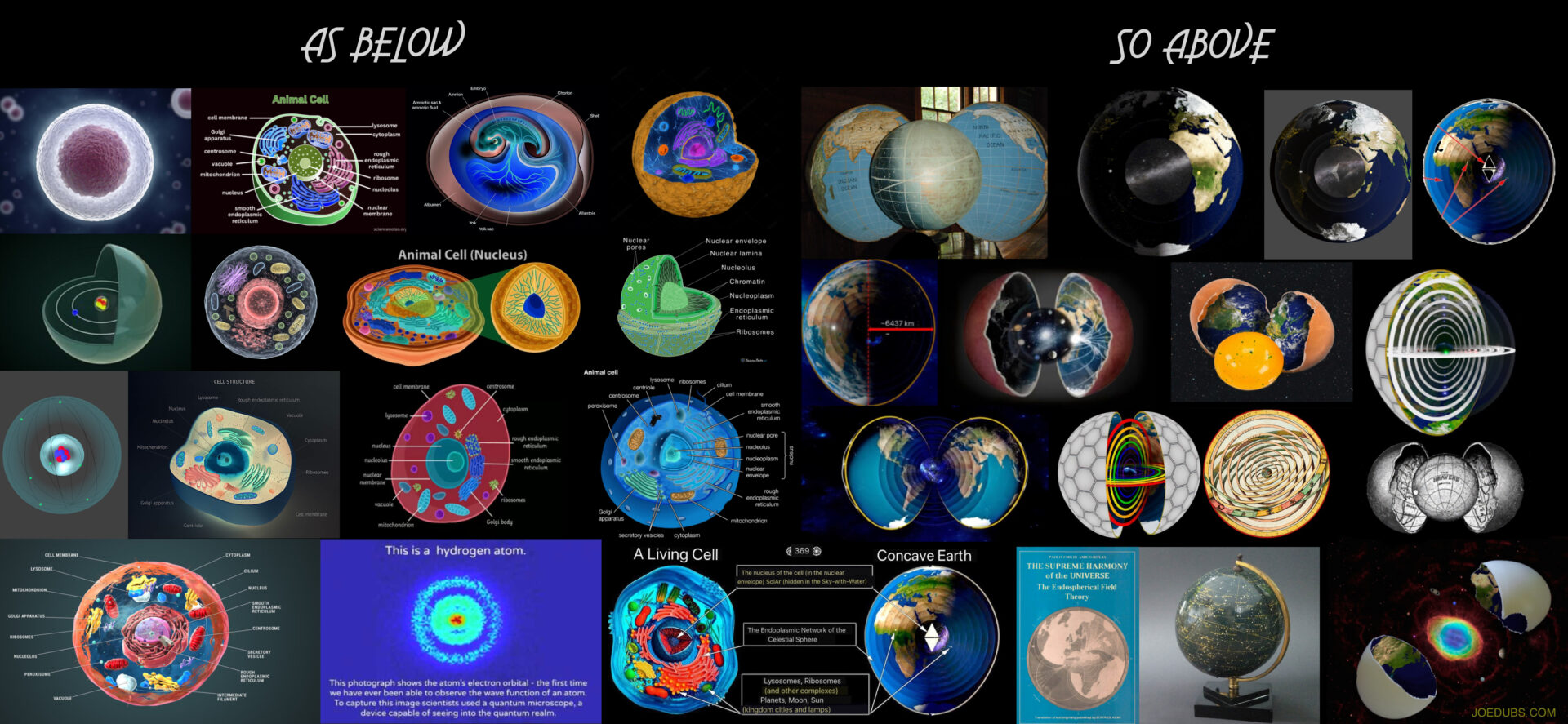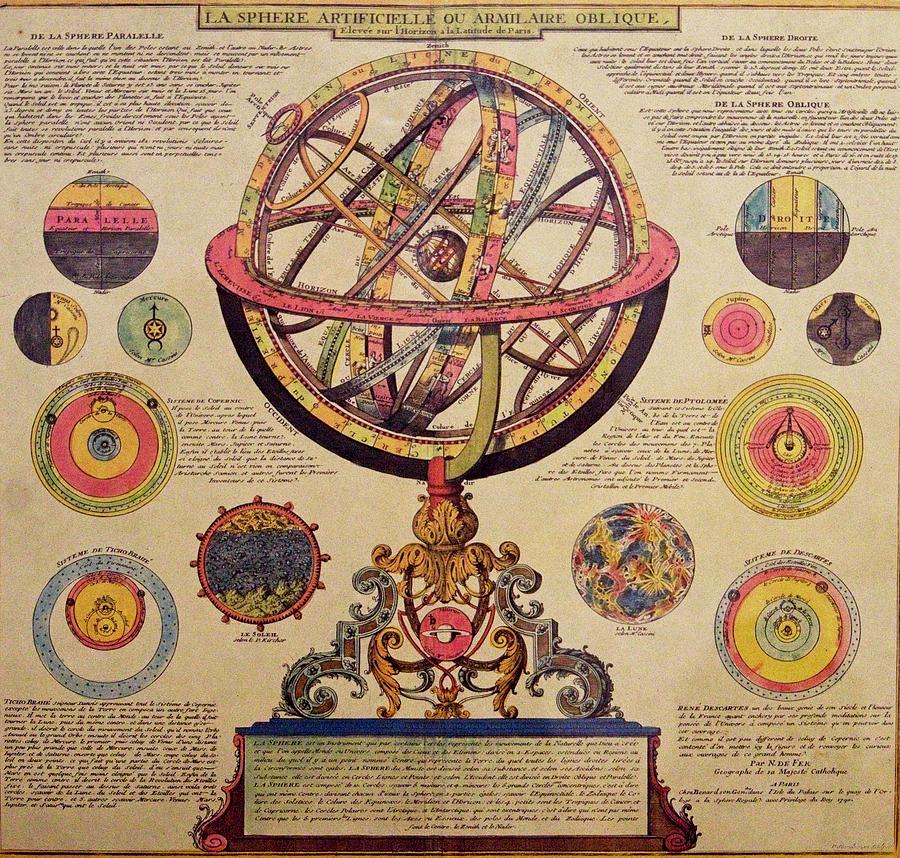Nature, as always, serves as a profound teacher, offering patterns and structures that mimic itself in every form of life. We often observe a recurring theme: life and energy are housed within protective frameworks. This principle is evident in countless examples, from the anatomy of living beings to the structure of fruits and seeds. If we understand the Earth to be a living entity, the Cellular Earth theory aligns beautifully with this natural design.
1. Seeds and Shells: Seeds and shells in nature often exhibit a concave structure, with life or energy contained within their protective boundaries. Consider a walnut, for instance. Its hard outer shell safeguards the nutrient-rich kernel inside, much like the Earth’s surface might protect the life and energy within its concave interior. This recurring theme of protection and centrality in nature reinforces the idea that the universe operates on principles of containment and core vitality.
2. Fruits Such As Oranges and Avocados: These fruits have an outer skin or rind that protects the inner layers. Beneath the skin, there are membranes and pulp, which in turn surround the seed or pit at the center. The seed, as the source of new life, represents the nucleus or core of the fruit. This structure is strikingly similar to the Cellular Earth model, where the Earth’s surface (the rind) encloses the atmosphere and life within, and the central stellar sphere (the seed) serves as the source of light and energy.
3. Eggs: An egg is another natural structure that reflects the Cellular Earth model. The shell forms the outer boundary, protecting the inner contents. Inside, layers of membrane and the albumen (egg white) provide nourishment and support, while the yolk at the center contains the potential for new life. This layered structure, with its protective outer shell and central core, resonates with the idea of a hollow Earth containing a central stellar sphere.
4. The Eye: The human eye is another natural structure that resonates with the Cellular Earth theory. The eye is essentially a hollow sphere, with the retina lining its inner surface and the pupil at its center, allowing light to enter. This design is reminiscent of the concave Earth model, where humanity resides on the inner surface of a hollow sphere, looking inward toward the central stellar sphere, which serves as the source of light and energy. The eye, often referred to as the “window to the soul,” becomes a profound symbol of perception and understanding, mirroring the way we might perceive the universe from within the concave Earth. It reminds us that our perspective shapes our reality, and that by looking inward—both literally and metaphorically—we can uncover deeper truths about existence.
5. Cells: Nature is replete with spherical and cellular structures, from the microscopic to the cosmic. Consider the shape of a cell, with its nucleus at the center and its membrane enclosing the whole. This structure bears a striking resemblance to the Cellular Earth model, where the Earth’s surface forms the inner boundary of a sphere, and the stellar sphere resides at the center. Similarly, the spherical shape of planets, stars, and even water droplets suggests a universal tendency toward this form, which could be interpreted as a reflection of the concave Earth’s geometry.
Every tree, every bird, every human being, every ocean – they’re all part of this grand, living organism we call Earth. Our actions impact the health of this ‘cell’, just as the health of the cell impacts us. It’s a symbiotic relationship, a dance of life that underscores our deep interconnectedness.
On the other hand, the Copernican Theory views the Earth as separate from the rest of the universe. It’s a theory that places the Earth in a mechanistic universe, devoid of any inherent connection or unity and fails at explaining the intricate web of life here.
Let’s dive deeper into how the Cell Earth theory adheres to Natural Law:
- Harmony with Energy Flow: The Cellular Earth Theory aligns with the natural flow of energy, suggesting a toroidal or donut-shaped energy field, which is a common pattern in nature.
- Magnetic Field Consistency: The Earth’s magnetic field, which is toroidal, aligns with the structure proposed by the Cellular Earth Theory.
- Centrifugal Force: The theory accounts for the centrifugal force that would naturally push matter away from the center of the Earth.
- Pressure and Density Gradients: The theory explains the gradients of pressure and density in the Earth’s atmosphere and interior.
- Celestial Sphere: The theory aligns with ancient observations of the celestial sphere, suggesting that the stars and other celestial bodies are located in the center of the Earth.
- Harmony with Sacred Geometry: The theory aligns with principles of sacred geometry, suggesting a structure that is harmonious and balanced.
- Consistency with Quantum Physics: The theory aligns with concepts in quantum physics, suggesting that the Earth is a giant quantum system.
- Harmony with Ancient Wisdom: The theory aligns with ancient wisdom traditions, which often depict the Earth as a sphere within a sphere.
- Consistency with Alternative Physics Models: The theory aligns with alternative models of physics, such as Ken Wheeler’s model of the atom.
- Holistic View of Life: The theory suggests a holistic view of life on Earth, seeing all life as interconnected within the Earth’s energetic system.
Let’s consider the Copernican theory and why it doesn’t adhere to the true laws of Nature:
- Lack of Direct Evidence: Despite centuries of scientific advancement, there is still no direct, empirical evidence to prove that the Earth orbits the Sun.
- Inconsistency with Daily Observations: The theory is inconsistent with our daily observations, as we do not feel the Earth moving.
- Inconsistency with Ancient Wisdom: The theory contradicts ancient wisdom traditions, which often depict the Earth as central in the universe.
- Inconsistency with Sacred Geometry: The theory does not align with principles of sacred geometry, suggesting a chaotic and random universe.
- Inconsistency with Quantum Physics: The theory does not align with concepts in quantum physics, which suggest a holistic and interconnected universe.
- Lack of Harmony with Energy Flow: The theory does not account for the natural flow of energy, suggesting a linear and mechanical universe.
- Inconsistency with Alternative Physics Models: The theory does not align with alternative models of physics, such as Ken Wheeler’s model of the atom.
- Lack of Explanation for Celestial Phenomena: The theory does not adequately explain certain celestial phenomena, such as the apparent motion of the stars.
- Lack of Explanation for Earth’s Magnetic Field: The theory does not adequately explain the Earth’s magnetic field and its changes over time.
- Mechanistic View of Life: The theory suggests a mechanistic view of life on Earth, seeing life as separate and disconnected.
The Copernican Theory, with its emphasis on mechanistic processes and separation, paints a picture of a universe that is random, chaotic, and indifferent. It suggests that we are isolated beings, adrift in a vast, uncaring cosmos.
The Cellular Earth Theory however, with its emphasis on harmony, interconnectedness, and balance, paints a picture of a universe that is alive, conscious, and purposeful. It suggests that we are not mere spectators in a mechanical universe, but active participants in a living, breathing cosmic organism.
In essence, the Cell Earth Theory offers a holistic, interconnected view of life on Earth. It reminds us that we’re not separate from nature or the rest of the cosmos, but rather an integral part of it. It’s a perspective that encourages respect for all life and a deeper understanding of our role in the grand scheme of things.




